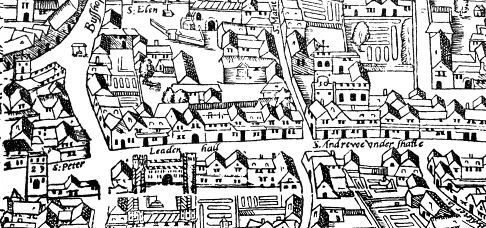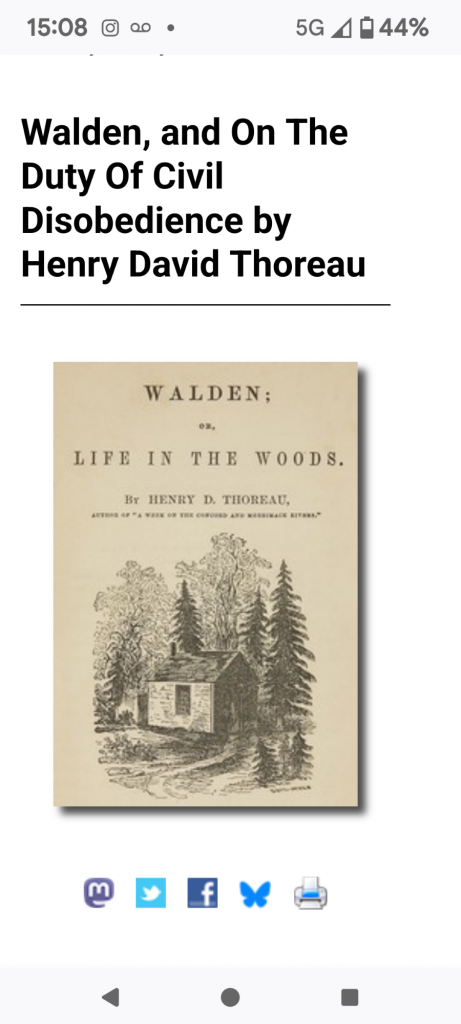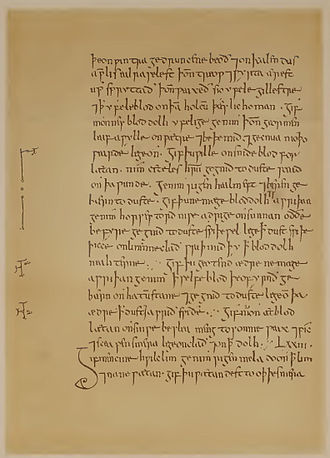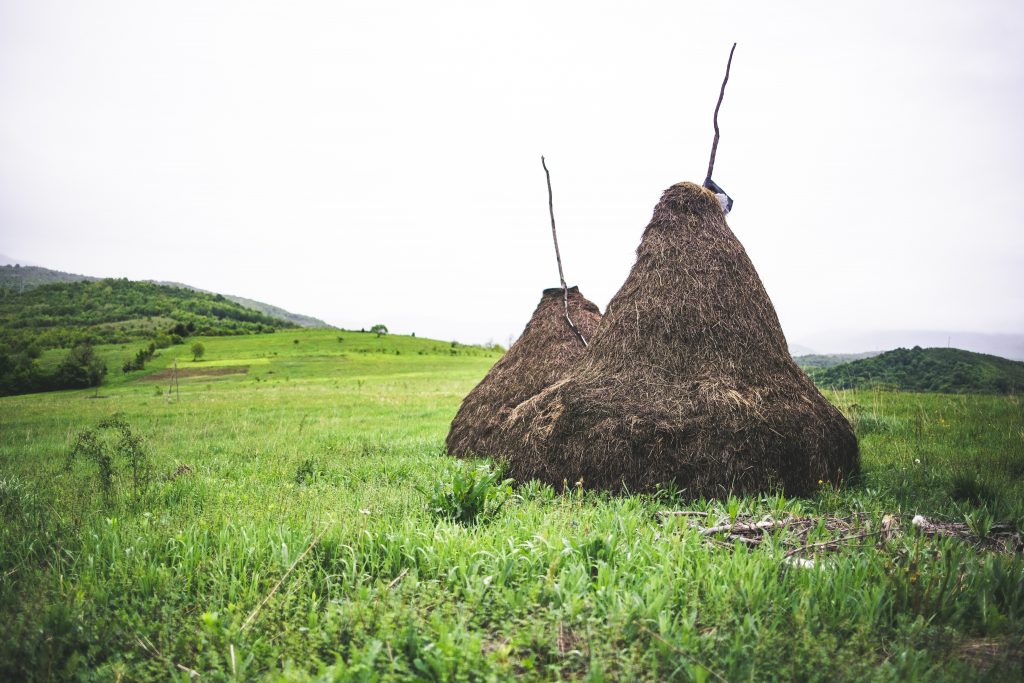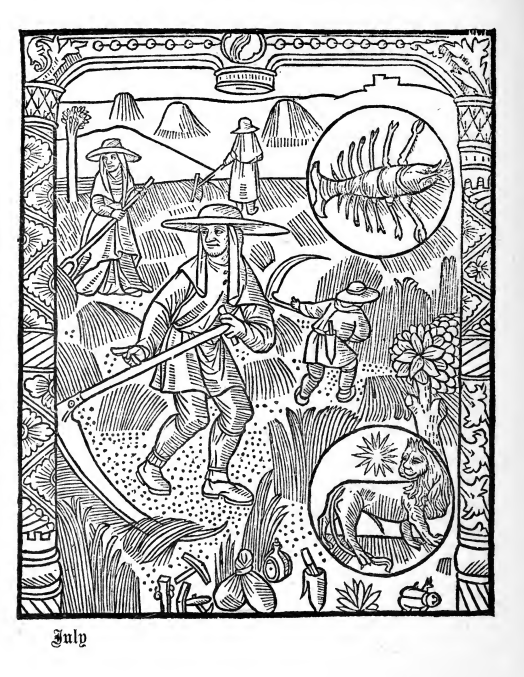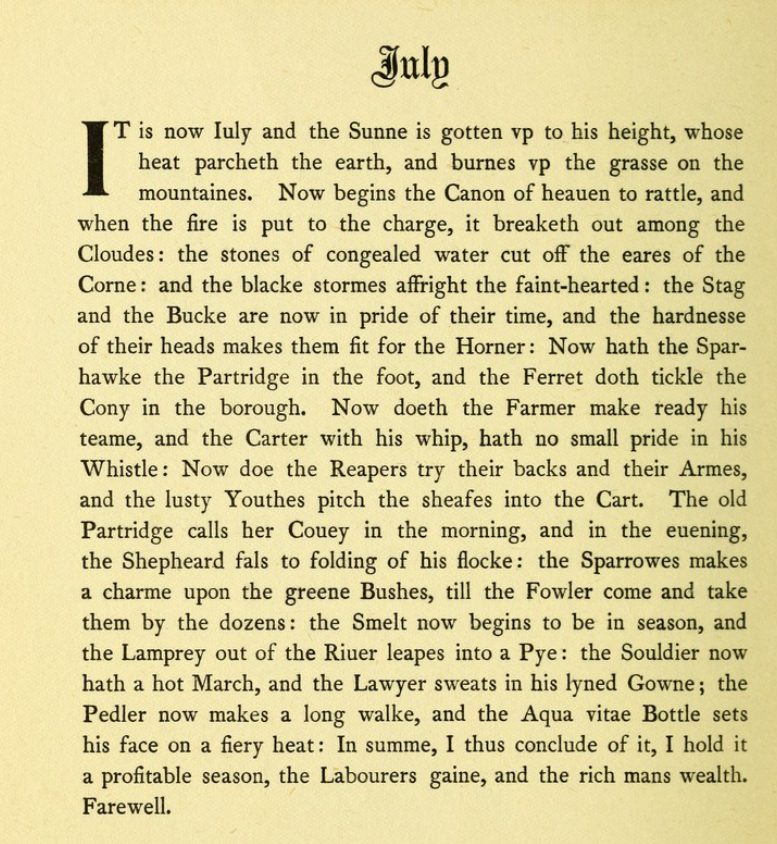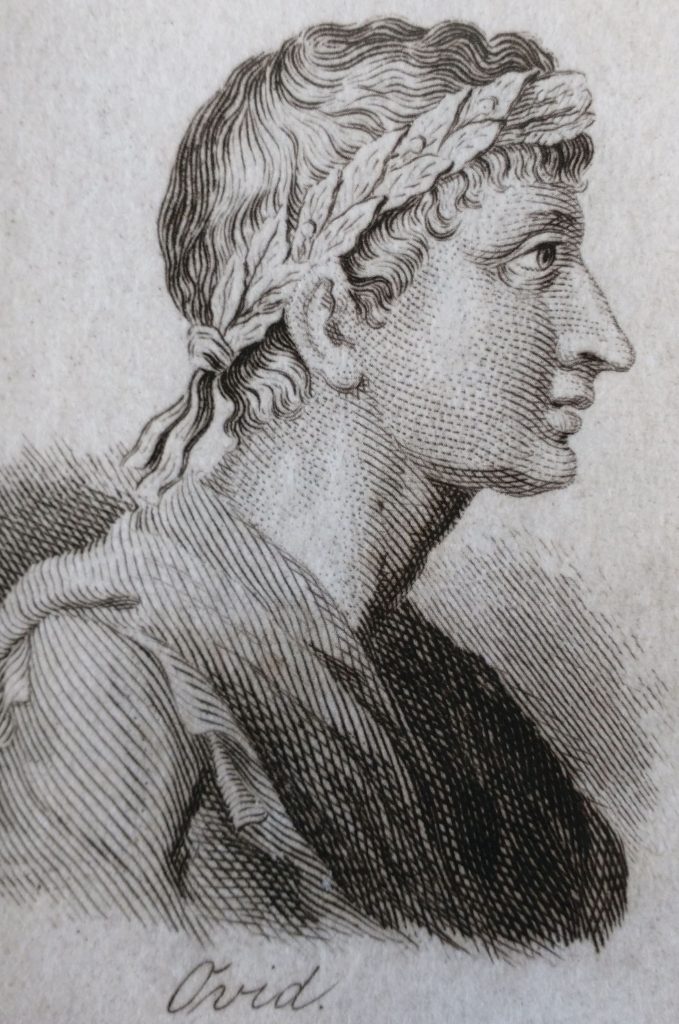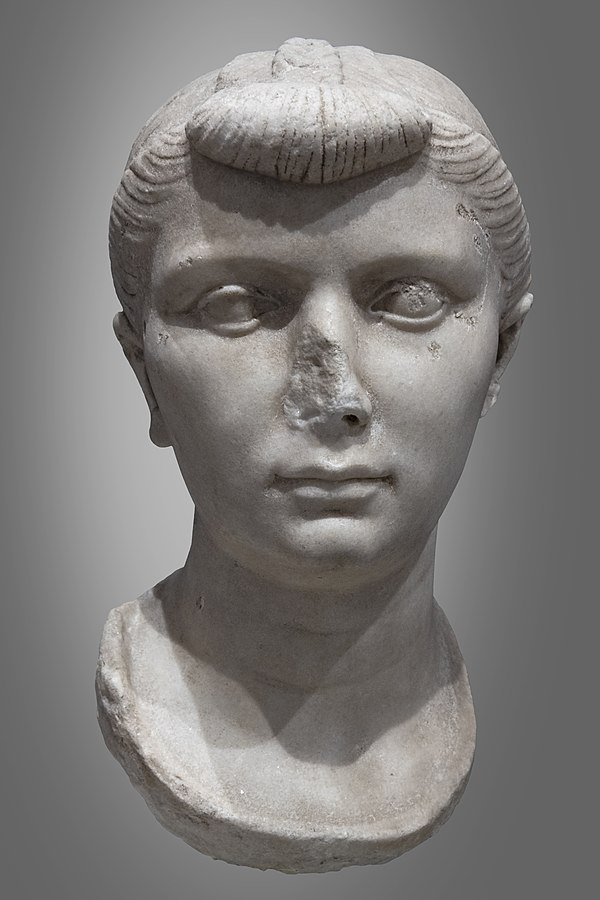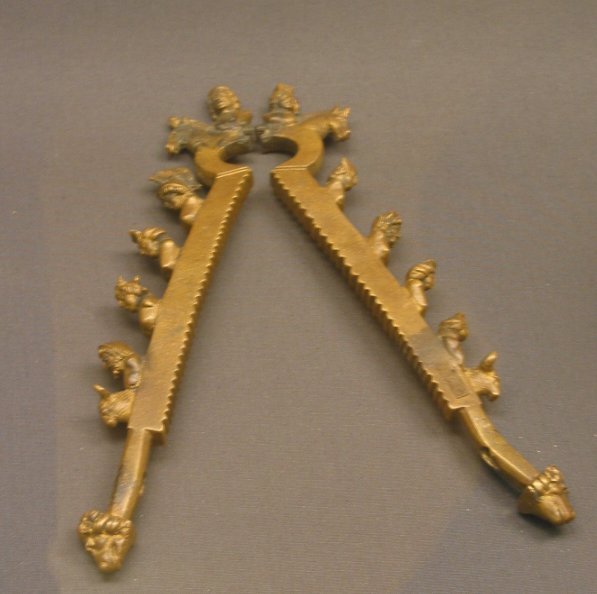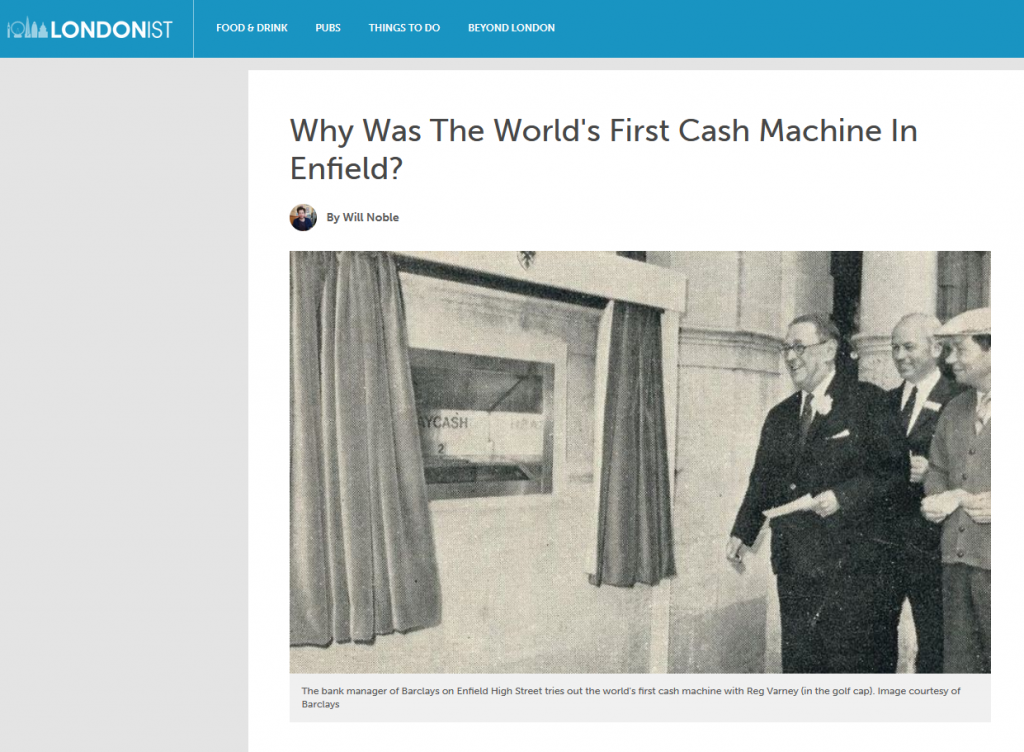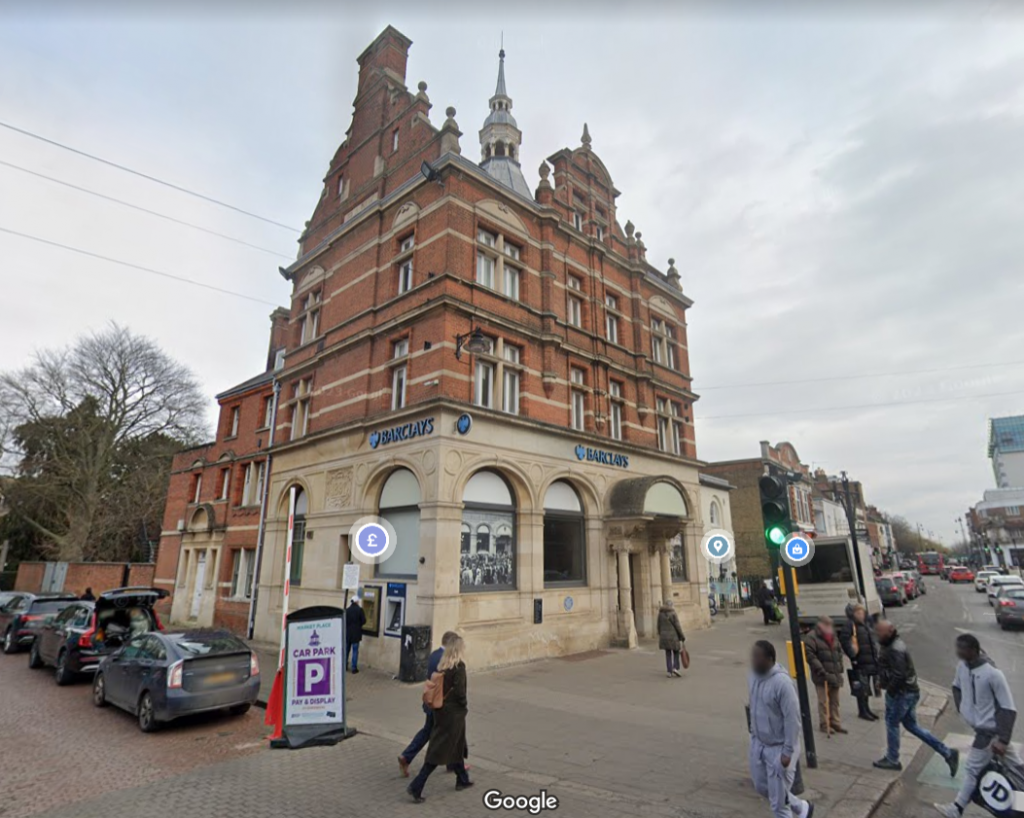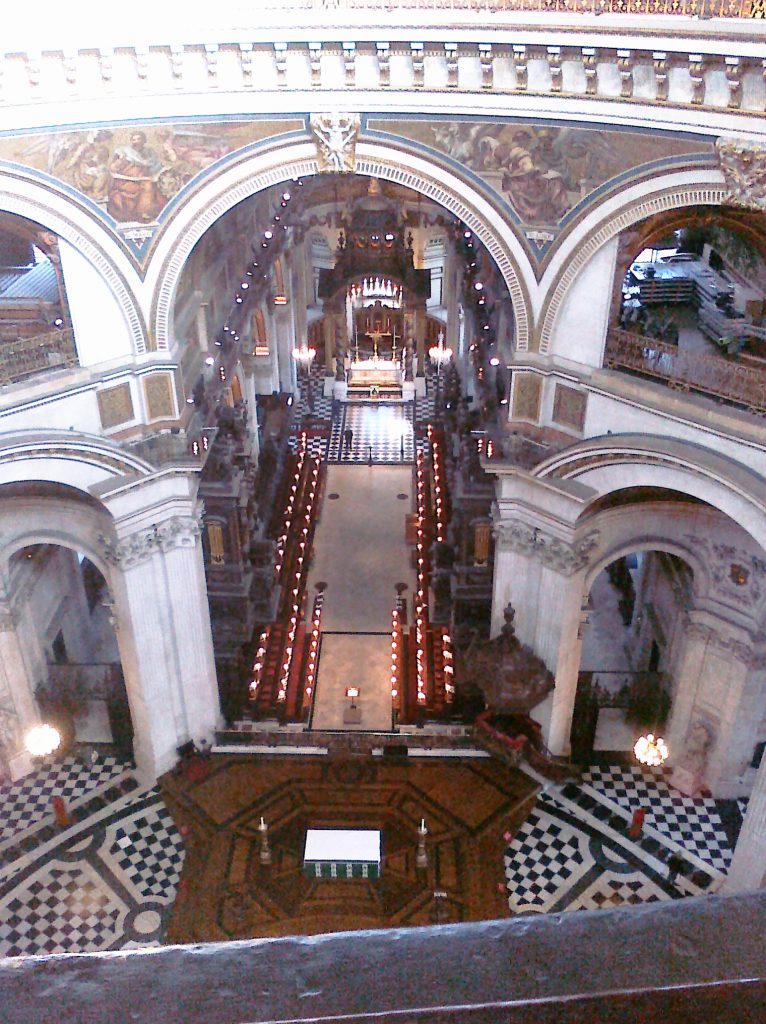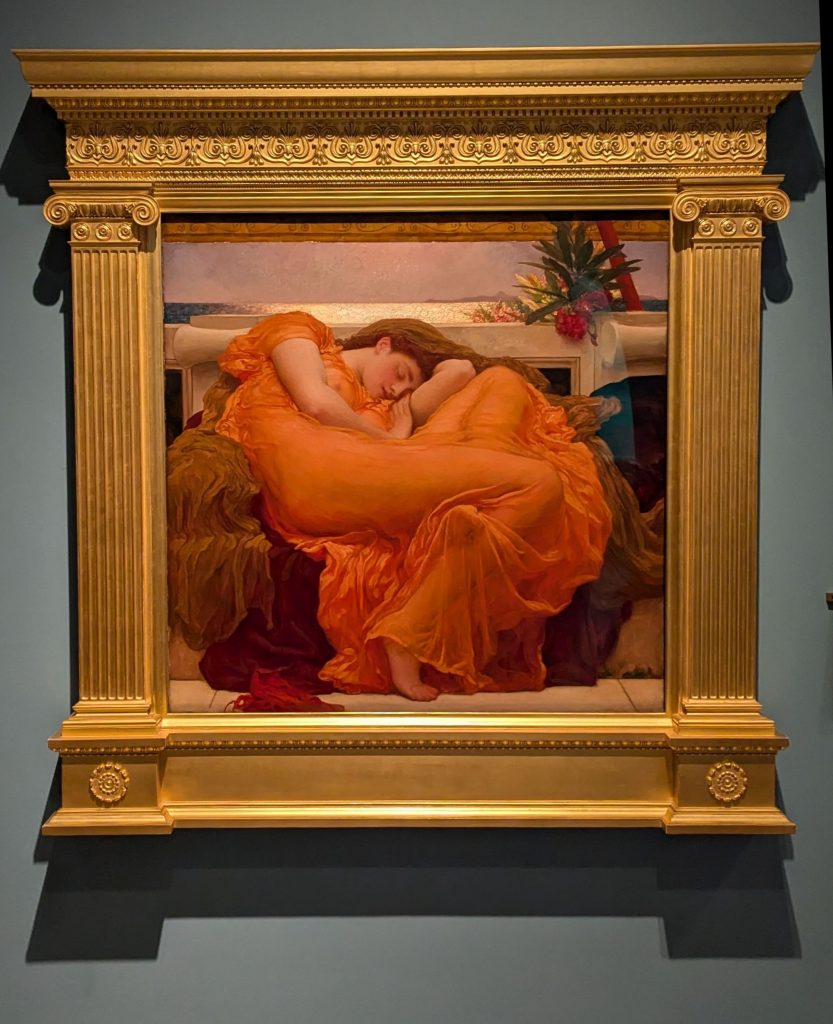
Yesterday, the day before.
Yesterday, I was revising a post about ‘Yesterday’ Last Year. It was about a visit to two exhibitions in Mayfair. I took out the bit on Flaming June and ‘posted it back’ to June 26th. Thinking a post on Flaming June would be appropriate at the hot end of June. So, it was designed for next year. But the system decided to send you all the unfinished post. I’m bringing this to your attention because it implied Flaming June was still on display. It isn’t it has gone home, and I didn’t want your wasted visit on my conscience.
Yesterday – the concept.
Isn’t Yesterday an awesome concept? The second most important concept in the universe? After ‘Today’? Yesterday, no longer today? The first day in the past. Irretrievable, gone, unchangeable except, strangely subject to gradual decay and imperceptible alterations to the actuality. The contrast between today and yesterday is awesome. The comparision between ‘yesterday and today’ and ‘today and tomorrow’ cosmic?
Yesterday, this year
Yesterday, just like ‘Yesterday’, in my post last year. I was doing a Jane Austen Walk. In fact last year I did two Jane Austen Walks. So then I had some time off to explore the Mary Beale and Flaming June exhibitions. Yesterday, this year, I took my group of Jane Austen students to Albermarle Street, to the legendary publisher ‘John Murray’. Publisher of Moby Dick, Darwin, Lord Byron, Jane Austen and many others.
The door was open at No 50.. I felt sure someone was going to come out and tell me off for disturbing them with my reading of Jane Austen’s letter. It was written to the rogue, John Murray, although Jane thought him a likeable rogue. The letter is supposed to have been composed by Henry Austen, Jane’s Banker Brother, who was helping her with her publishers. But Henry was ill and said he was dictating it to an amanuensis. However, its very difficult not to see it as Jane’s. Here is the piece of it I read out.
‘The politeness and perspicuity of your Letter equally claim my earliest exertions. Your official opinion of the Merits of Emma, is very valuable & satisfactory. Though I venture to differ occasionally from your Critique, yet I assure you, the Quantum of your commendation rather exceeds than falls short of the Author’s expectation & my own. The terms you offer are so very inferior to what we had expected, that I am apprehensive of having made some great Error in my Arithmetical Calculation…. but documentation in my possession appear to prove that Sum offered for you by you for the Copyright of Sense and Sensibility, Mansfield Park & Emma, is not equal to the Money which my Sister has actually cleared by one very moderate Eddition of man’s will park.
Anyway, a deal was done, and at her death Jane had about £500 in her bank from the proceeds. Meanwhile, a man came out of Murray’s to deliver the ‘Do shut up’ speech.’ to me. This you sometimes get if talking to a large group in the business district. But no, he proceeded to charm my American Students from South Florida. He turns out to be an actual Murray, descended from the famous John Murray who was helping out at the office.
Yesterday Last Year and Flaming June
On the way back from the Philip Mould Gallery, last year, I popped into the Royal Academy to renew an old acquaintance with ‘Flaming June’ by Lord Leighton. It was on one of its rare visits to the UK. There is also the statue of the Sluggard and was all free to view. It’s now gone back to Puerto Rica.
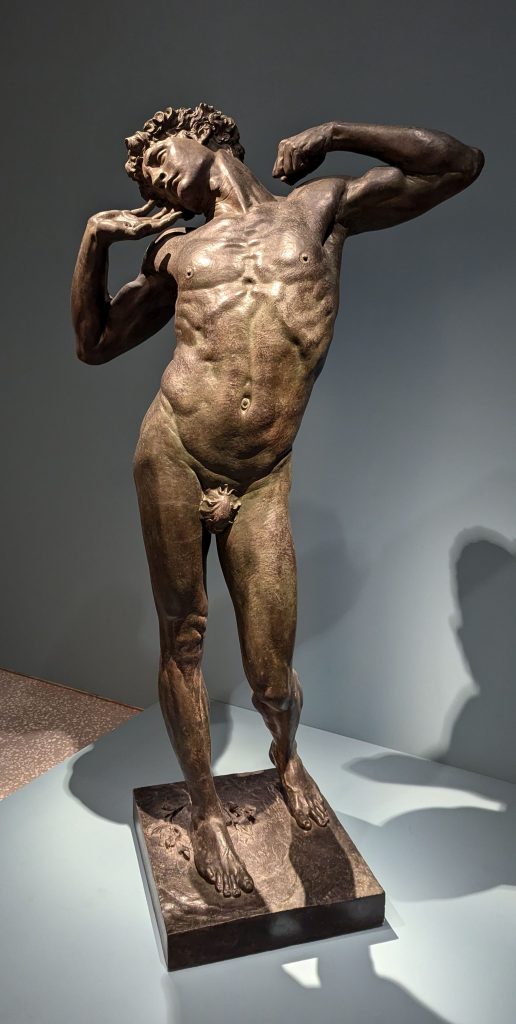
Although the Guardian sniffily looked down its long nose at this gorgeous painting. It is now quite famous. Lord Leighton sold it to the Graphic Magazine, who made a reproduction and gave it away as a high quality gift. They produced a staggering 500,000 print copies in 1895. Lord Leighton then died and the Graphic put the painting in their window as the Funeral Procession went by.
After being on display at the Ashmolean, the painting went missing and out of fashion. In the 1960s it reappeared on a wall in a house in Battersea. Then Andrew Lloyd Webber says he saw it for sale in the Kings Road for £50. But his Grandma refused to lend him the money as she said “I will not have Victorian junk in my flat”. It was eventually bought by the rather marvellously named Museo de Ponce, Puerto Rico. I think they paid £1000 for it. This is where she still resides.
It is days like yesterday (last year and this year) that you realise what a wonderful thing it is to live in London. All this, and all without laying out a penny (travelling on my free travel pass too!).
Dorothy Dene probably was the model for ‘Flaming June’ and I talk about her and Victorian painters here.
I have one of those half million prints on my bedroom wall.
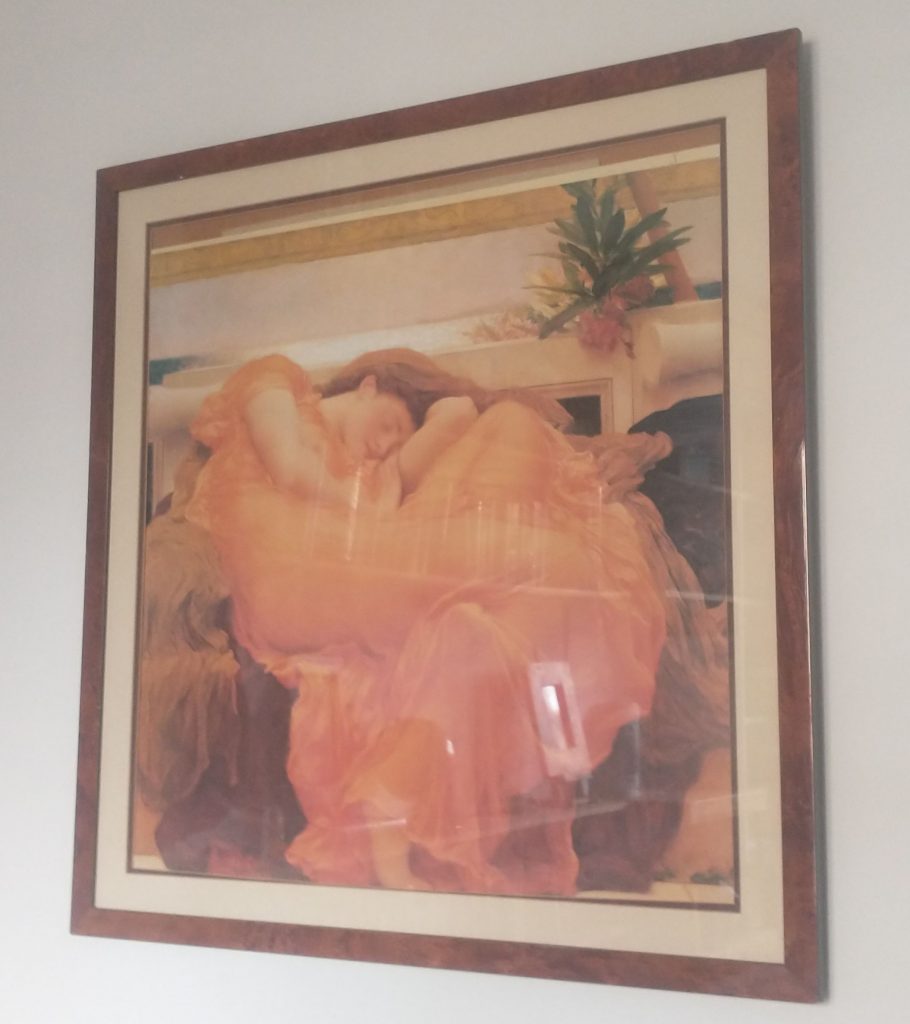
Yesterday – last year, the other art gallery.
This post was first published as part of my Mary Beale, the painter, post, which you can see here:
The Day before Yesterday
The Guardian art critic Jonathan Jones, dialled in a surprisingly similarly sniffy review of Ed Sheeran’s art. Basically, he said of them both that they aren’t genuine art and have no soul.
First written last year, and revised today, July 10th

